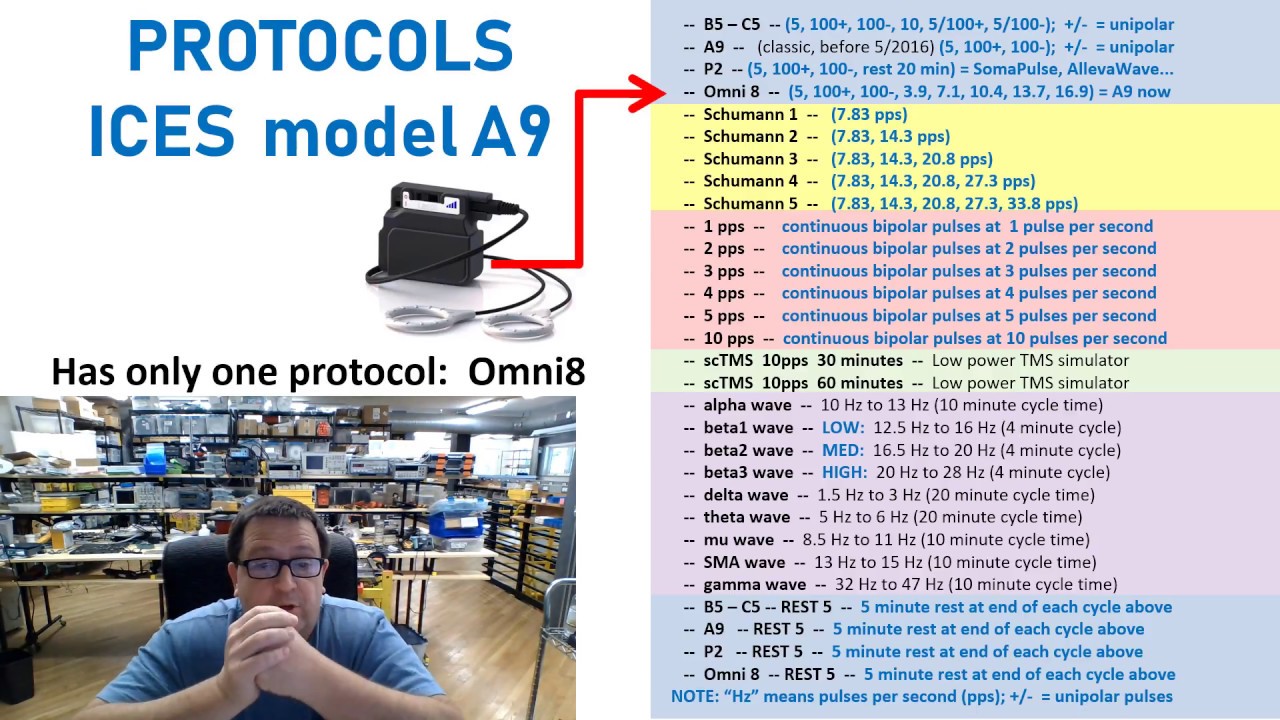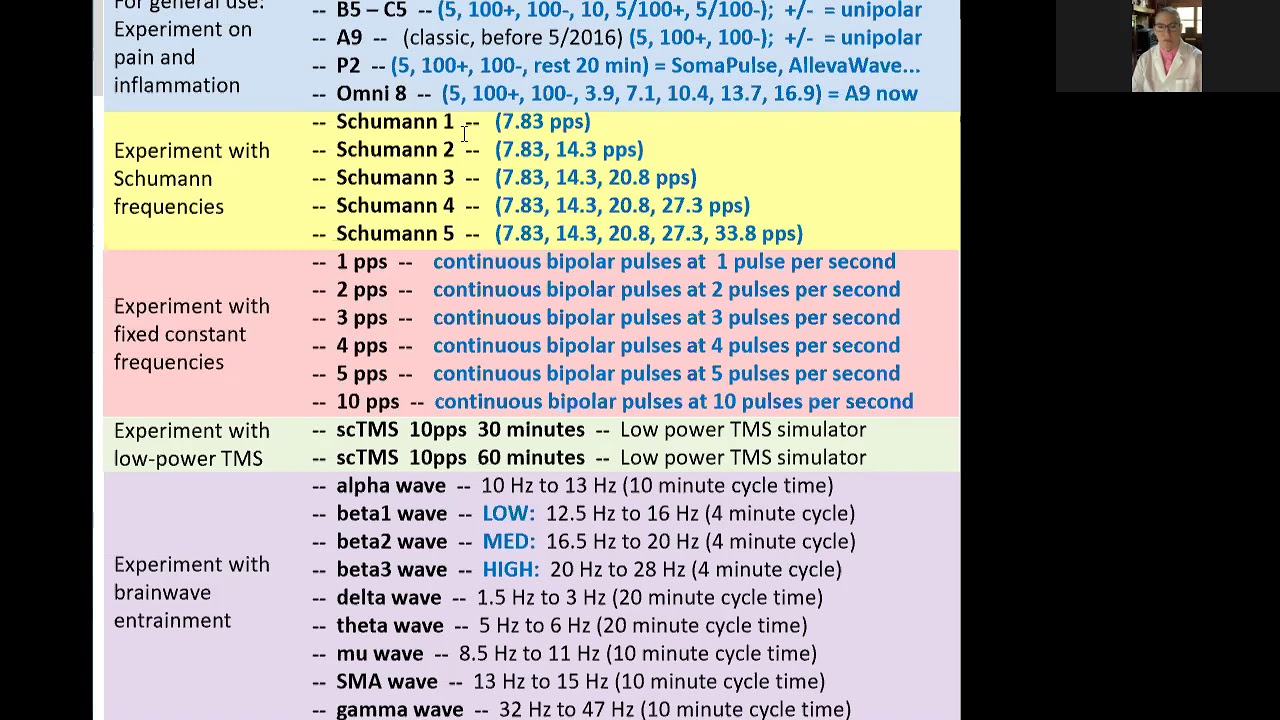I used the short coils to make a wearable device for my eyes by fastening them to glasses frames. After wearing this for a couple of hours or so, I took the device off and noticed that the M1 unit was flickering fast, rather than blinking much more slowly.
@Bob What does that mean?
In case it makes a difference: The stem of the coils taped to the glasses frame was pointed up, and the distance between the coils at nose level was/is 1 inch. Both coils have the smooth side oriented towards the face.


